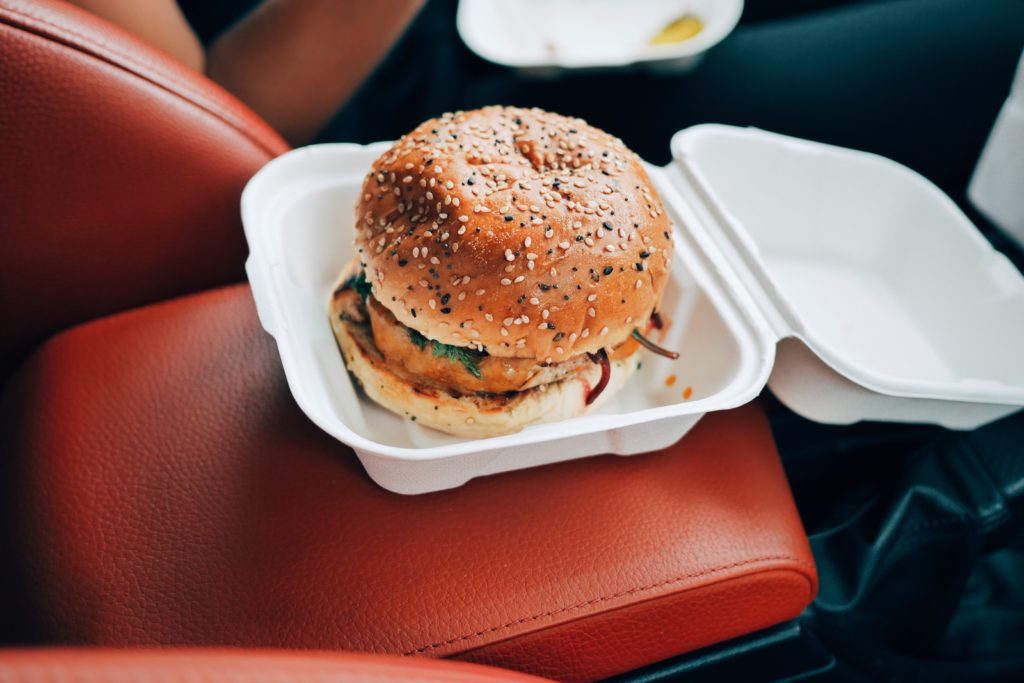All fields are required
Posted in Food Safety on September 5, 2019

Leftovers have become an imminent part of our daily lives. We aren’t always able to finish what we have cooked or ordered, so we save up what’s left. And then there are some who are leftover lovers. They look forward to microwaving that pizza and eat it the next day or love having Thanksgiving leftover turkey and pies as much as the main feast. But, is it safe to eat your leftovers?
Leftovers also make your life easier – from cutting down time for preparing the meals to reducing the amount of food waste. Nonetheless, for whatever your reason you have them, it’s important that they don’t make you sick!
Foodborne illnesses is a common scare of leftovers. At times, the leftovers start stinking so you know they’ve gone bad. But that doesn’t happen always. Sometimes, the leftovers can smell and look perfectly fine, but still give you that queasy feeling in the stomach, which can easily lead to food poisoning.
Here are some ways to make sure that your leftovers are as safe and fresh as possible:
Don’t leave them at room temperature for more than two hours. After that the food enters in the danger zone of 40 °F to 140 °F. The microbes multiply rapidly in this temperature range. However, if the weather is too hot, it’s advised that you leave leftovers for no longer than an hour. The two-hour rule is why food safety experts consider it riskier to save leftovers from a restaurant. It’s possible that you are not able to freeze the food as quickly as required. But if you are able to get home within 2 hours after the food has been served, you can definitely have it as a leftover later.
Cool food rapidly. Place foods that you plan to refrigerate in small, shallow and airtight containers. Divide a big pot of soup into small containers and cut large food items into smaller portions. By speeding up the cooling process, bacterial growth is thwarted. The temperature also comes down faster, in about an hour. When you place them inside the fridge, don’t stack them right next to each other. Keep some air space between them.
It’s okay to freeze them while they are still warm. If you let the food cool down at room temperature just to make sure it’s not warm, harmful bacteria might grow in it. So, it’s better that you freeze it even if they feel a little warm. They will cool down quickly once they are inside the refrigerator. Make sure they are covered properly, so their smell doesn’t spread to other foods.
Avoid cross-contamination. This is one of the biggest food safety mistakes that most people make. Make sure that your leftovers don’t come in contact with raw poultry or meat. If that happens, your leftovers can become contaminated as well. Raw meat products should always be kept in a separate slot so that they don’t taint cooked food or any other fresh produce kept in your refrigerator.
Label leftovers so you know when you had put them in the refrigerator. If you are a leftover-lover, it’s possible that you keep something in the fridge and completely forget about it. So, it’s better that you label all your leftovers so you know exactly how long you have had it for. According to FDA, leftovers in the fridge are safe to eat for up to four days. Although some experts say that it’s fine to eat them for up to a week.
Thaw frozen leftovers safely. Safe ways to thaw them is in the oven, cold water or the refrigerator. You shouldn’t thaw them at room temperature as pathogens multiply rapidly at this temperature. Cold water thawing can be tricky as any leakage can lead to cross-contamination or temperature falling down to ‘danger zone’. Microwave thawing is the best and fastest way to thaw frozen food.
Before eating leftovers, reheat them to 165 °F. Through the process of cooking, cooling and freezing process, some bacteria might grow in your food and possibly make you sick. Therefore, it is important that you reheat the leftover properly before eating it. Here are some reheating tips that you should follow:
Don’t always trust your nose. When something smells completely off, obviously you won’t eat it! But remember that foodborne pathogens don’t change the color, smell and taste of food always. So if you are in doubt, just throw it out.
You might feel that I have never followed these tips and still felt fine after eating leftovers. That is just out of luck or probably because the amount of pathogens in the food were very small to make you sick. The amount of microorganisms that makes you feel sick varies for each pathogen. For example, norovirus becomes pathogenic at 1 to 10 micrograms, but it can take over 100,000 for salmonella to make you sick.
Also, you might have heard that there is no point in eating leftovers as they are not as healthy as they were before. It is true that leftovers lose their nutrition over time, but that doesn’t mean they are nutritionally useless. Light, time and air-exposure takes away from some of the healthfulness but they are still healthy, provided all the food safety tips are followed.
Foodborne illness or food poisoning is caused when harmful germs contaminate the food and water that we consume. Fortunately, most of the cases of food poisoning can be prevented by proper cooking and food handling. Food poisoning can lead to severe health consequences at times, so it’s better to be safe than sorry.
By: Pooja Sharma, Contributing Writer (Non-Lawyer)